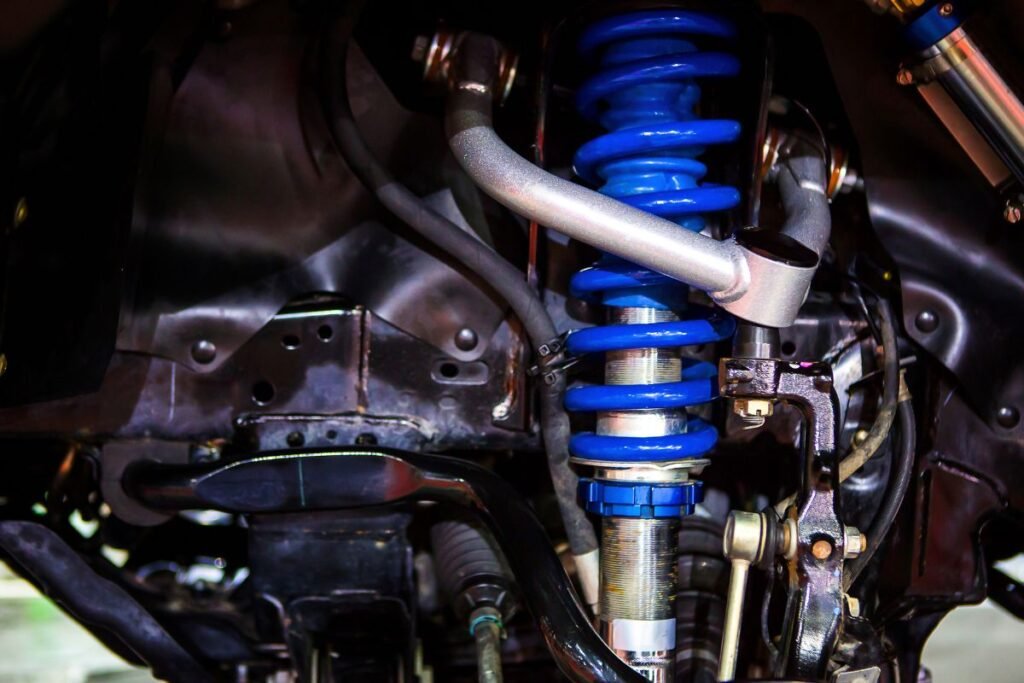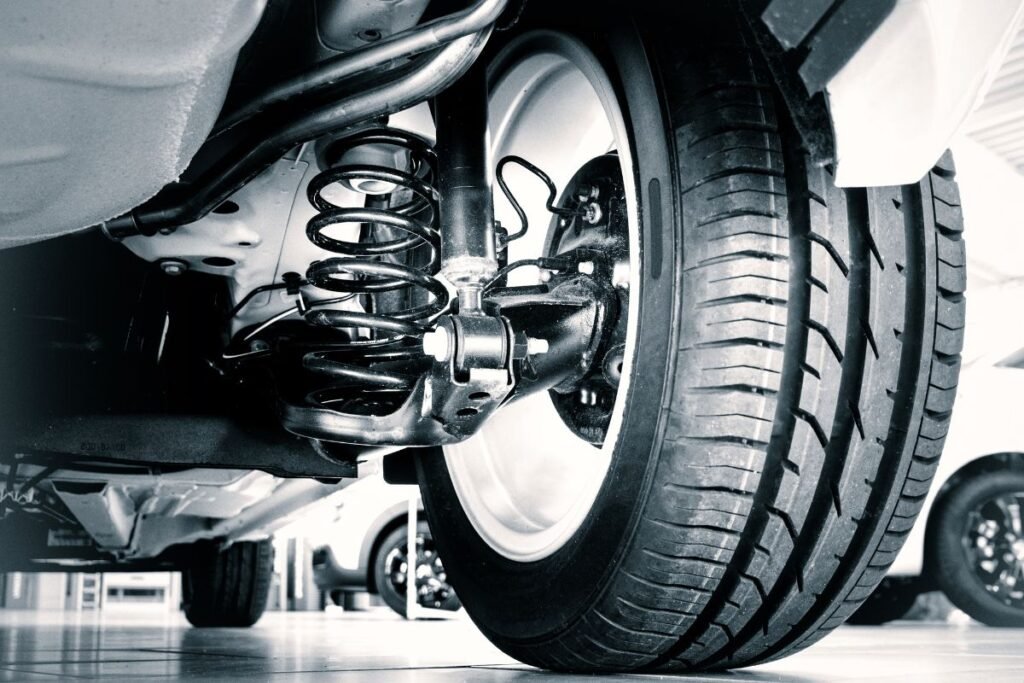Discover the Signs Here!
Introduction
Have you ever wondered why your car feels wobbly over bumps or why your tires seem to wear out unevenly? The culprit might be your shock absorbers. These vital components not only make your ride smoother but also ensure your car remains stable and safe to drive.
Shock absorbers are the unsung heroes of your vehicle’s suspension system. They control the up-and-down movement of your car, keeping it steady during acceleration, braking, and turning. Ignoring their condition could lead to costly repairs—or worse, unsafe driving conditions.
What Are Shock Absorbers and How Do They Work?
Shock absorbers are hydraulic devices designed to absorb and dampen the impact of road irregularities. Working alongside your car’s springs, they ensure that your tires remain in contact with the road, providing traction and stability.
Why Do Shock Absorbers Wear Out?
Shock absorbers naturally degrade over time due to constant use. Factors such as rough roads, heavy loads, and aggressive driving can accelerate their wear. Extreme temperatures and exposure to dirt and moisture also contribute to their deterioration.

7 Signs It’s Time to Replace Your Shock Absorbers
1. Uneven Tire Wear
If your tires are wearing unevenly, it’s a red flag. Worn shocks can’t evenly distribute weight, causing one side of the tire to wear out faster.
2. Excessive Bouncing
Does your car bounce repeatedly after hitting a bump? That’s a telltale sign of failing shock absorbers.
3. Nose-Diving When Braking
If your car dips forward excessively when braking, it’s because the shocks can’t control the weight transfer.
4. Poor Handling on Curves
Struggling to maintain control on corners? Worn shocks reduce stability and can make your vehicle feel unpredictable.
5. Fluid Leaks
Visible oil or fluid on your shocks is a clear sign they need replacement.
6. Clunking Noises
Unusual noises like clunking or rattling can indicate damaged shock absorber components.
7. Longer Stopping Distances
Worn shocks can extend braking distances, making your car unsafe in emergencies.
How to Check Your Shock Absorbers?
The Bounce Test
Push down on your car’s hood or trunk and release. If it bounces more than once, your shocks may need attention.
Visual Inspection
Look for fluid leaks, cracks, or worn bushings on the shock absorbers.

